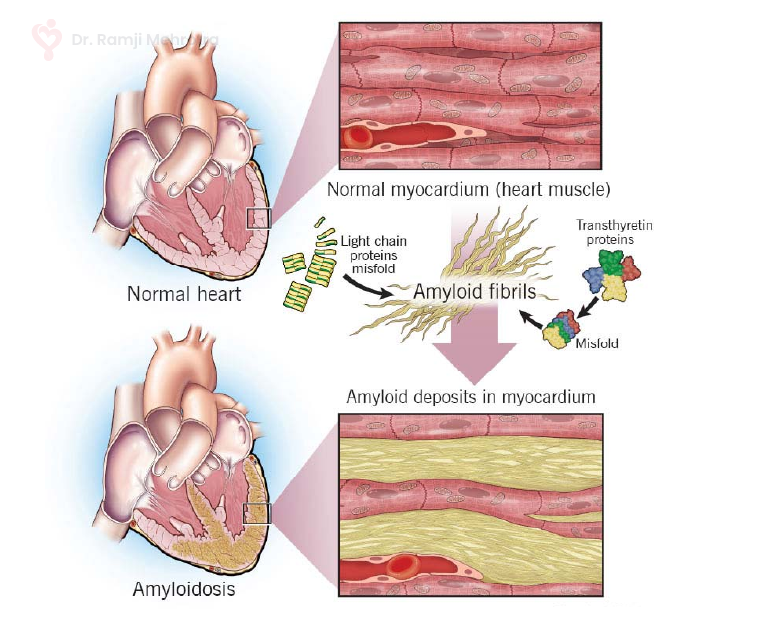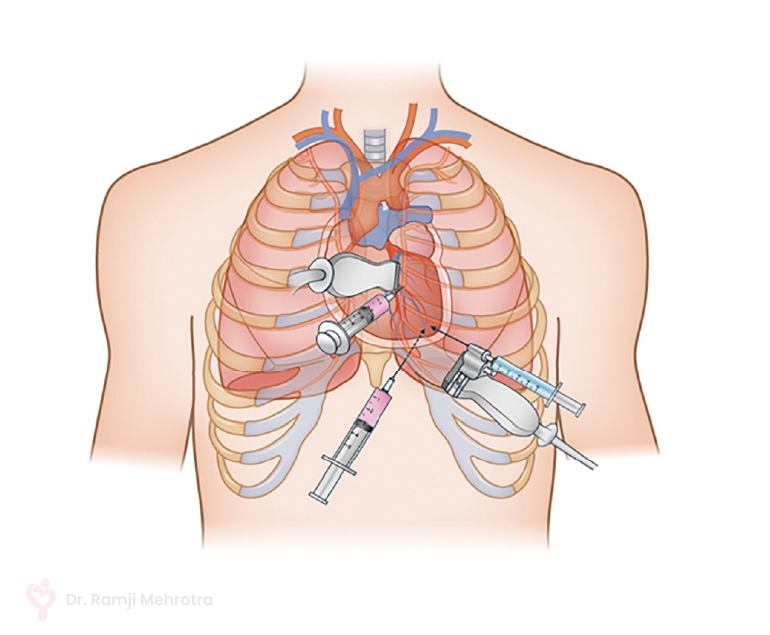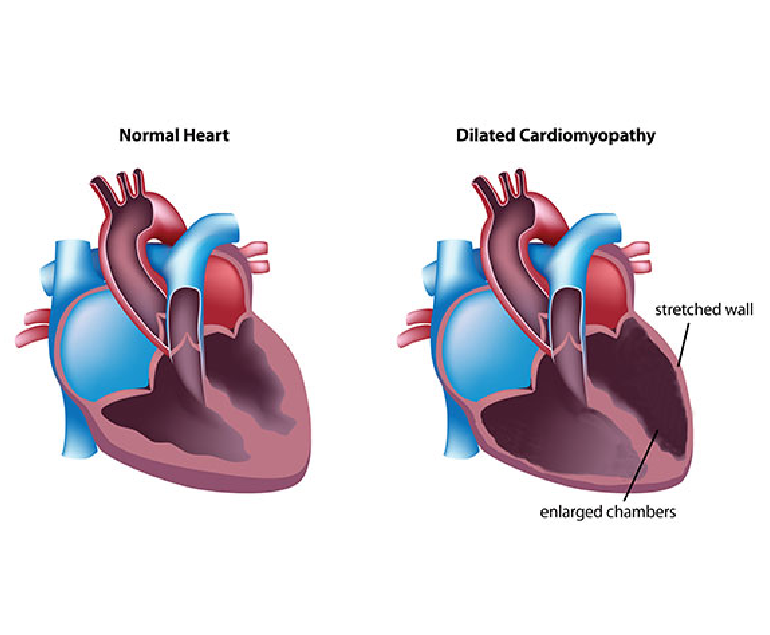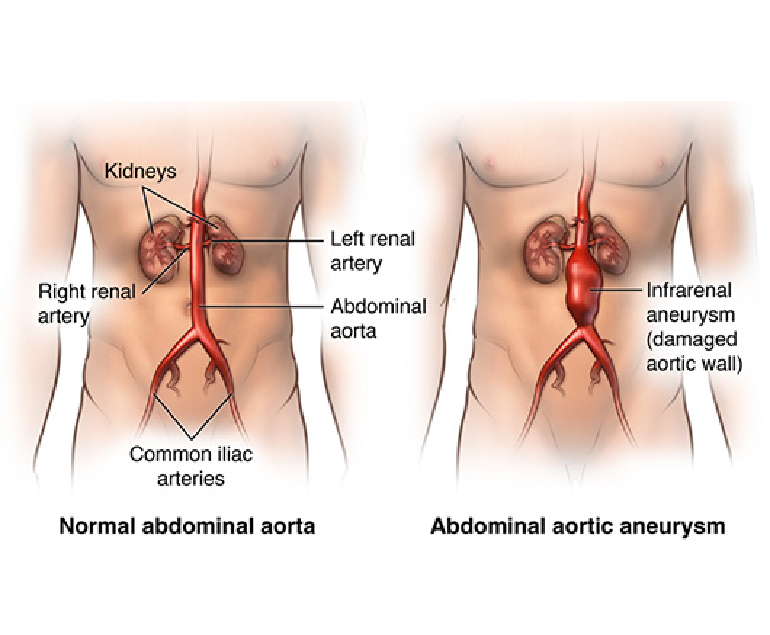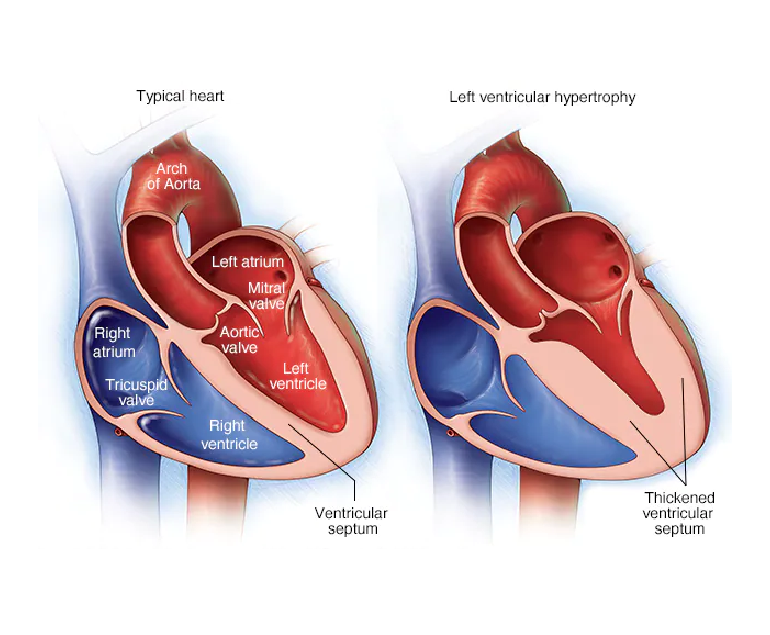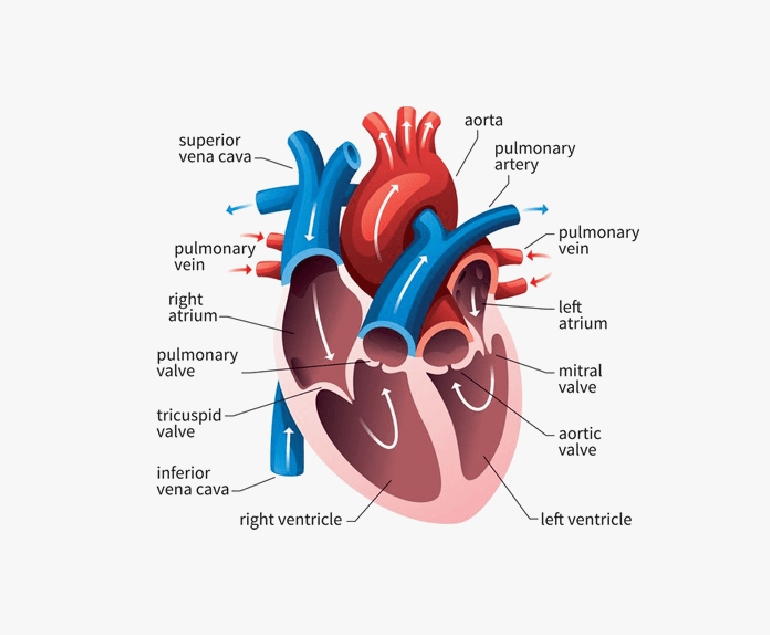A silent heart attack, medically termed a “silent myocardial infarction,” is a potentially dangerous event that often goes unnoticed due to its lack of typical symptoms. Unlike a traditional heart attack, which is accompanied by chest pain, shortness of breath, and discomfort in the arms, neck, jaw, or back, a silent heart attack occurs without these apparent signs. This makes it a significant concern, as individuals are less likely to seek immediate medical attention, leading to delayed diagnosis and treatment. Understanding the risks associated with silent heart attacks is crucial for prevention and proactive healthcare management.
Causes and Risks
Silent heart attacks share the same underlying cause as symptomatic heart attacks: a disruption of blood flow to a portion of the heart muscle due to a blocked or narrowed coronary artery. This interruption leads to the death of heart muscle cells, which can impair cardiac function and increase the risk of future heart-related complications. The factors that contribute to silent heart attacks are often the same as those for traditional heart attacks, including high blood pressure, high cholesterol, diabetes, obesity, smoking, and a sedentary lifestyle. However, certain demographic groups, such as older adults and individuals with diabetes, are more prone to experiencing silent heart attacks.
One of the major dangers of silent heart attacks is their gradual progression. Without the characteristic chest pain that typically prompts individuals to seek medical help, silent heart attacks can go undetected for weeks, months, or even years. During this time, untreated heart damage may accumulate, putting individuals at greater risk of heart failure, abnormal heart rhythms (arrhythmias), and subsequent heart attacks. Additionally, silent heart attacks are often identified incidentally when a person undergoes medical tests for unrelated issues, further highlighting the hidden nature of these events.
Preventive Measures
The lack of awareness surrounding silent heart attacks highlights the importance of preventive healthcare measures. Regular check-ups and screenings are essential, especially for individuals with risk factors. Blood pressure, cholesterol, and blood sugar levels should be closely monitored, and lifestyle modifications should be adopted to mitigate these risk factors. Adopting a heart-healthy diet rich in fruits, vegetables, whole grains, lean proteins, and healthy fats, along with engaging in regular physical activity, can significantly reduce the likelihood of both silent and symptomatic heart attacks.
Moreover, recognizing potential warning signs that might not be as dramatic as traditional symptoms is vital. Unexplained fatigue, mild discomfort in the chest, nausea, or discomfort in the upper abdomen, back, or jaw could all be indicative of a silent heart attack. Hence, they should not be ignored, especially if they persist or worsen over time.
Conclusion
Silent heart attacks pose a grave risk due to their inconspicuous nature and delayed diagnosis. The absence of classic symptoms can lead to untreated heart damage and increase the likelihood of complications. It is essential for individuals, particularly those with risk factors, to prioritize regular health check-ups, maintain a heart-healthy lifestyle, and be vigilant about any unusual or persistent symptoms. By taking proactive measures, individuals can mitigate the risks associated with silent heart attacks and promote overall heart health.


